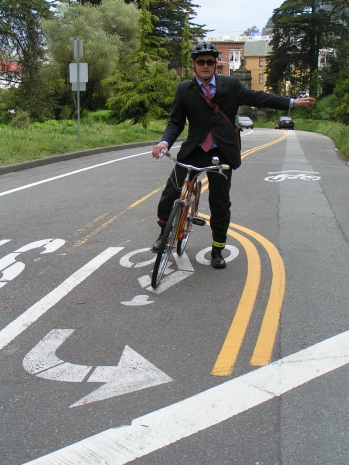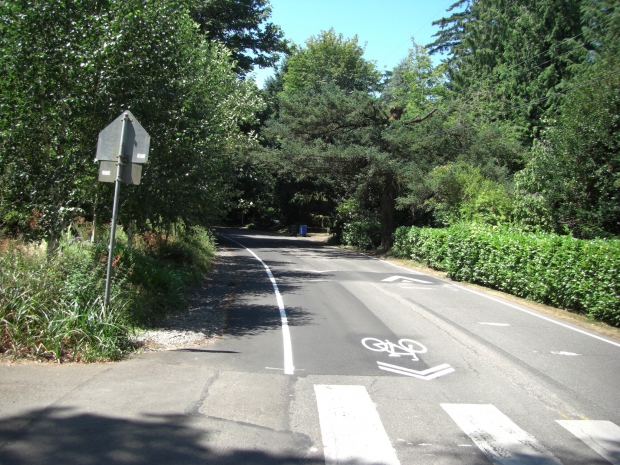Next Steps for Complete Streets Bill
Last week, the Complete Streets Bill, SB 960, passed the Assembly Transportation Committee by a wide margin (11-4). As Streetsblog correctly pointed out, the bill exited the committee weaker than it entered it, but CalBike still supports the measure, and we remain optimistic that its passage will spur Caltrans to do a better job providing infrastructure for people biking and walking.
Caltrans comes to the table
The good news is that Caltrans has stepped forward to offer amendments to the Complete Streets Bill. Reaching an agreement with Caltrans means the agency is less likely to oppose the final bill if it makes it to the governor’s desk. The last time Senator Scott Wiener introduced a Complete Streets Bill, SB 127, in 2019, the bill passed the legislature, but Governor Gavin Newsom vetoed it, so getting Caltrans’ (and CalSTA’s) approval could make the difference between passing and failing.
Unsurprisingly, the Caltrans amendments weaken provisions in SB 960, making it easier for the agency to find reasons not to include elements that improve safety for people biking, walking, or taking public transportation in its repaving projects. Critically, the changes would allow Caltrans to continue citing budget limitations as a reason to exclude Complete Streets from the project scope. However, SB 960 increases scrutiny and accountability of Caltrans’ decision-making process and will pull back the bureaucratic curtain that the agency uses to the detriment of people biking and walking in their communities.
CalBike wants more State Highway Operation and Protection Program (SHOPP) dollars (our state highway maintenance program) to go to active transportation infrastructure, moving us away from our car-dominated transportation system. We will keep moving further from Vision Zero as long as Caltrans corridors prioritize fast-moving motor vehicles without providing complete sidewalks and crosswalks, protected bike lanes, and safe bus stops. And we have no hope of averting our shared climate crisis if we don’t create comfortable, appealing connections for active transportation.
Still, we see the glass as half full with the Complete Streets Bill. Caltrans is a huge agency with entrenched operating systems. Change may be slower than we want and need, but codifying a Complete Streets requirement in state law will certainly bring even more change in the coming years.
Fate of safe streets package rests with Assembly Appropriations Committee
The legislature is on recess until August 5. When it returns, the Complete Streets Bill will have until August 18 to clear the Assembly Appropriations Committee. Bills for that committee are placed in the Suspense File (cue ominous music) and only move forward for a full floor vote if they are released from suspense. Senator Wiener’s companion bill, SB 961, the Safer Streets Save Lives Bill, is also in Appropriations.
The Appropriations Committee in either house is a fraught step in the life of a bill. Even measures that have no fiscal impact can die in suspense, sometimes due to opaque backroom negotiations, multimillion-dollar lobbying groups, or the opposition of a single powerful legislator.
The best antidote is a strong show of public support. CalBike has created an action allowing you to directly voice your support for the Complete Streets Bill to East Bay Assemblymember Buffy Wicks, the influential Appropriations chair. Feel free to customize your email and let Assemblymember Wicks know if you’re in her district.




